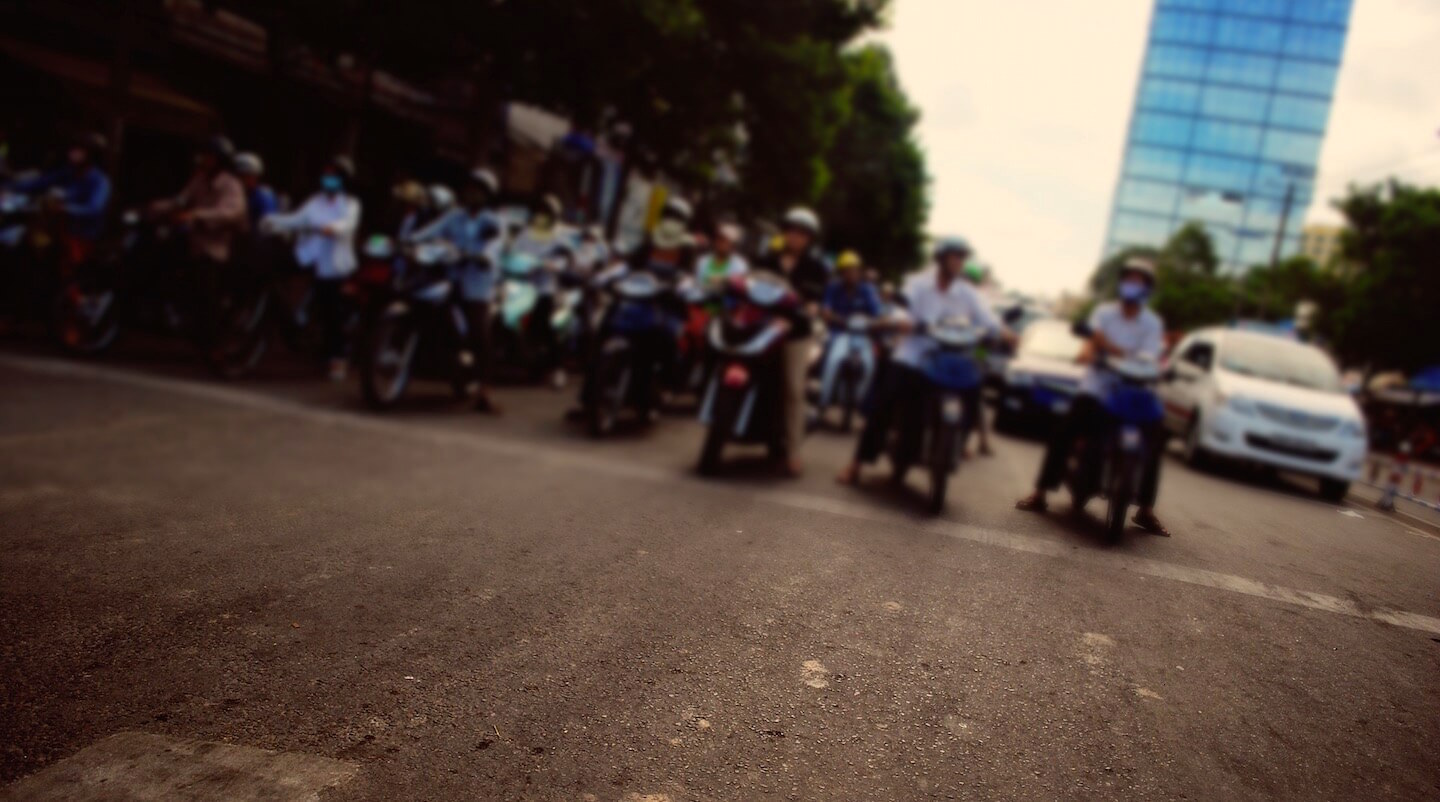Background
Some motorcyclists walk away from a crash with only a few scratches and bruises, but others suffer lifelong consequences or even death. Head injuries are common in motorcycle accidents; brain trauma can leave injured motorcyclists with personality changes, cognitive impairment, and disabilities that confine them to a wheelchair for life. In some low- and middle-income countries, head injuries caused nearly 90 percent of motorcycle deaths in 2013.





